Emerging Applications in Healthcare
The hyperspectral imaging-system market in South America is expanding into healthcare applications, which is emerging as a significant driver. The ability to analyze tissue composition and detect diseases at an early stage is gaining traction among medical professionals. Hyperspectral imaging systems are being utilized for non-invasive diagnostics, particularly in dermatology and oncology. The healthcare sector is projected to contribute approximately $80 million to the hyperspectral imaging-system market by 2025. This growth suggests that there is a rising awareness of the benefits of hyperspectral imaging in medical diagnostics, potentially leading to improved patient outcomes. As healthcare providers seek innovative solutions, the adoption of hyperspectral imaging systems is likely to increase.
Growth in Mining and Mineral Exploration
The mining sector in South America is a significant driver for the hyperspectral imaging-system market. The region is rich in mineral resources, and companies are increasingly adopting advanced imaging technologies to enhance exploration and extraction processes. Hyperspectral imaging provides detailed mineralogical information, which aids in identifying and quantifying mineral deposits. In 2025, the mining industry is expected to contribute around $200 million to the hyperspectral imaging-system market. This growth is indicative of the sector's reliance on innovative technologies to improve operational efficiency and reduce costs. As mining companies seek to optimize their resource management, the demand for hyperspectral imaging systems is likely to expand.
Increased Focus on Precision Agriculture
The hyperspectral imaging-system market is witnessing a notable increase in focus on precision agriculture in South America. Farmers and agricultural businesses are adopting hyperspectral imaging to optimize crop management and enhance yield. By providing detailed information on plant health, soil conditions, and nutrient levels, these systems enable targeted interventions. The market for precision agriculture applications is expected to reach $120 million by 2025, driven by the need for sustainable farming practices. This trend indicates a shift towards data-driven decision-making in agriculture, where hyperspectral imaging systems play a crucial role in improving productivity and resource efficiency. As the agricultural sector continues to evolve, the demand for these advanced imaging systems is likely to grow.
Rising Demand for Environmental Monitoring
The hyperspectral imaging-system market in South America is experiencing a surge in demand for environmental monitoring applications. This is largely driven by the need to assess and manage natural resources effectively. Governments and organizations are increasingly utilizing hyperspectral imaging to monitor deforestation, water quality, and biodiversity. The ability to capture detailed spectral information allows for precise analysis of environmental changes. In 2025, the market for environmental monitoring using hyperspectral imaging is projected to reach approximately $150 million in South America, indicating a robust growth trajectory. This trend suggests that stakeholders are recognizing the value of hyperspectral imaging systems in addressing environmental challenges, thereby propelling the market forward.
Advancements in Remote Sensing Technologies
The hyperspectral imaging-system market in South America is benefiting from advancements in remote sensing technologies. These innovations enhance the capabilities of hyperspectral systems, allowing for improved data acquisition and analysis. The integration of artificial intelligence and machine learning with hyperspectral imaging is particularly noteworthy, as it enables more accurate interpretation of complex datasets. In 2025, the market for remote sensing applications utilizing hyperspectral imaging is projected to grow by approximately 25%. This growth reflects the increasing recognition of the potential of hyperspectral imaging systems in various sectors, including agriculture, forestry, and urban planning. As technology continues to evolve, the market is likely to see further enhancements in system performance and application versatility.



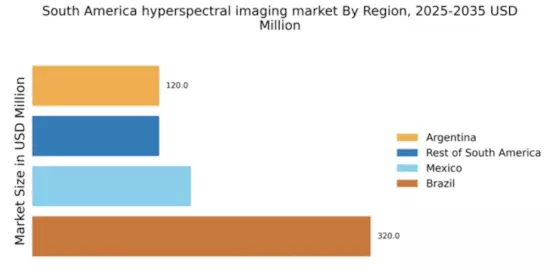
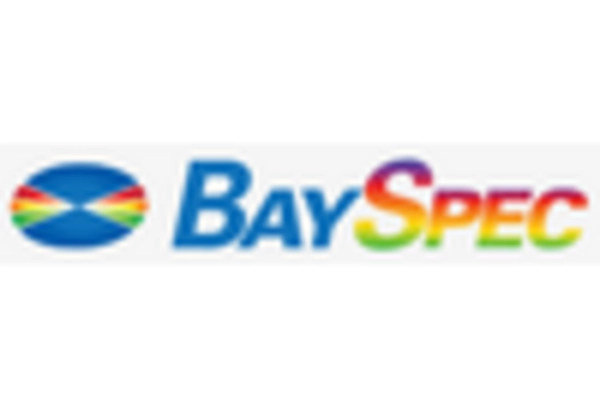
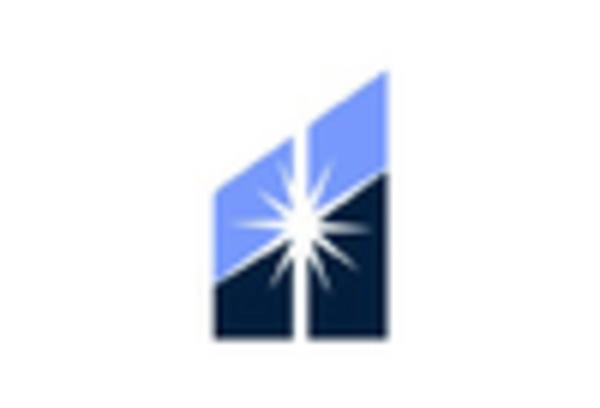
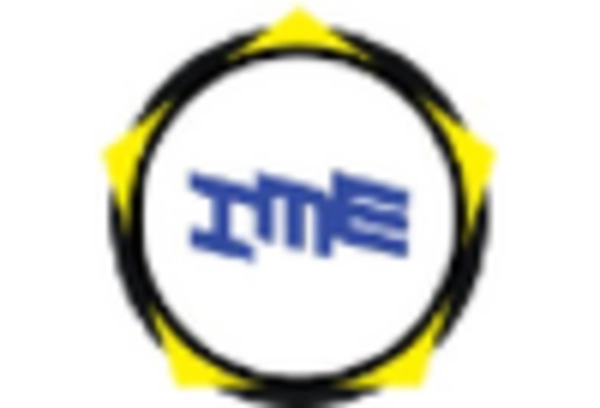
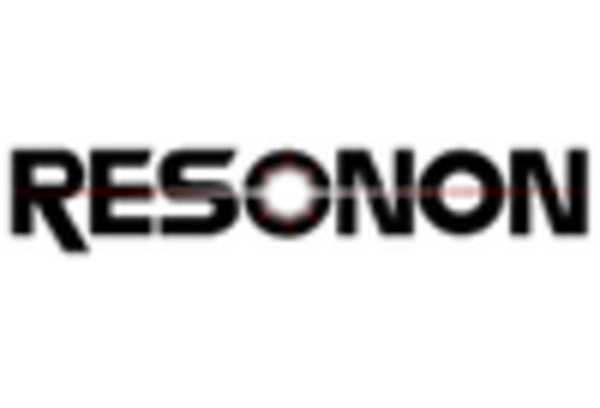

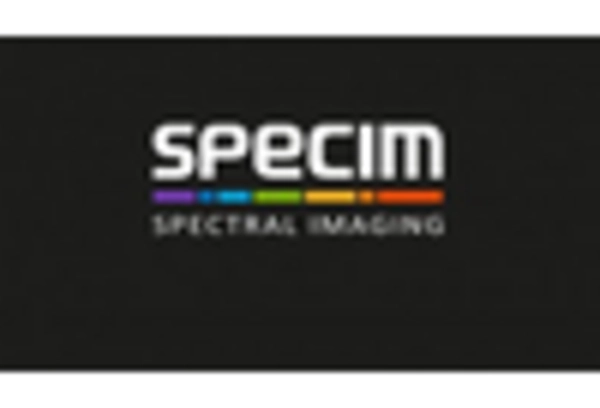








Leave a Comment